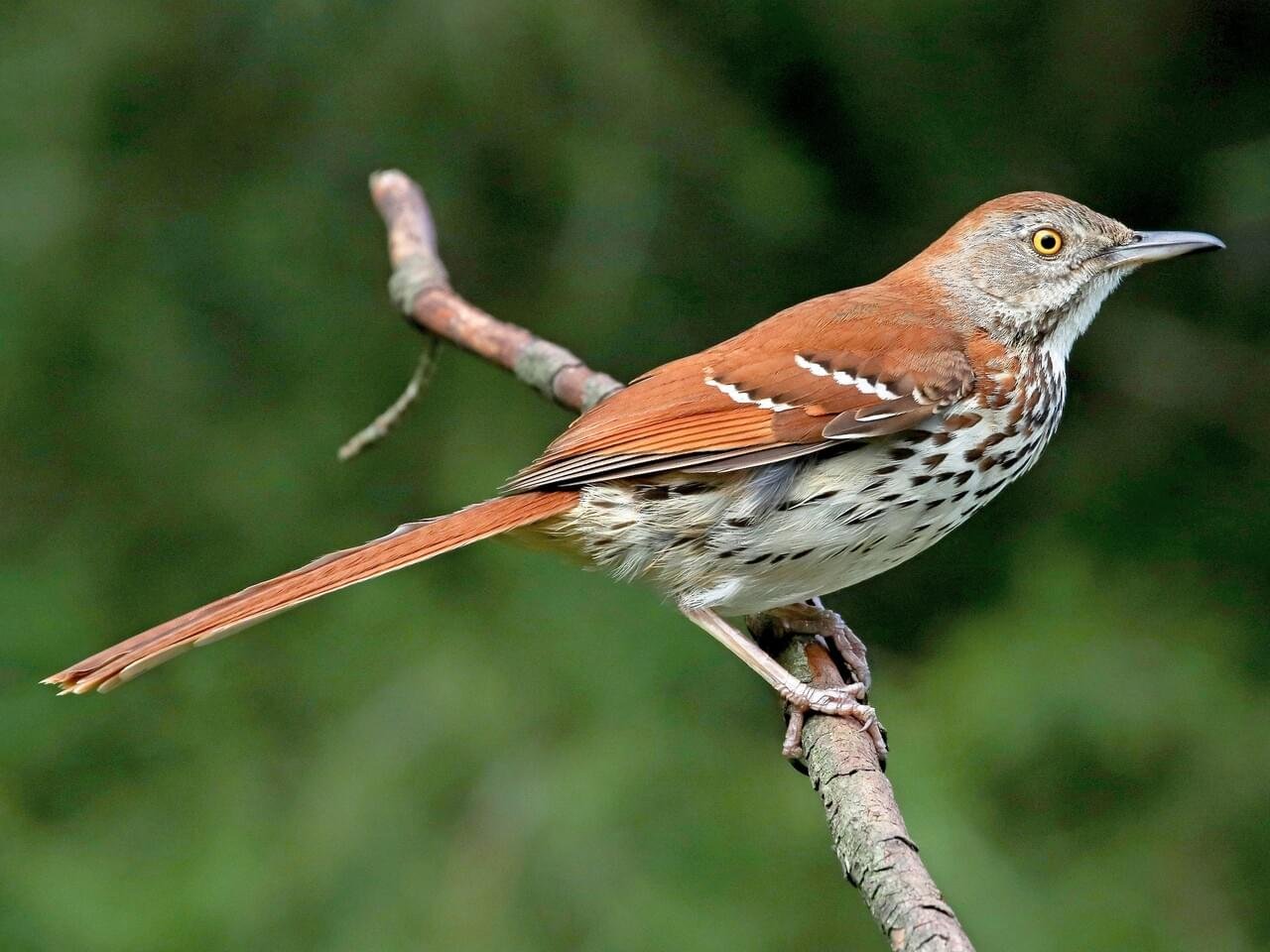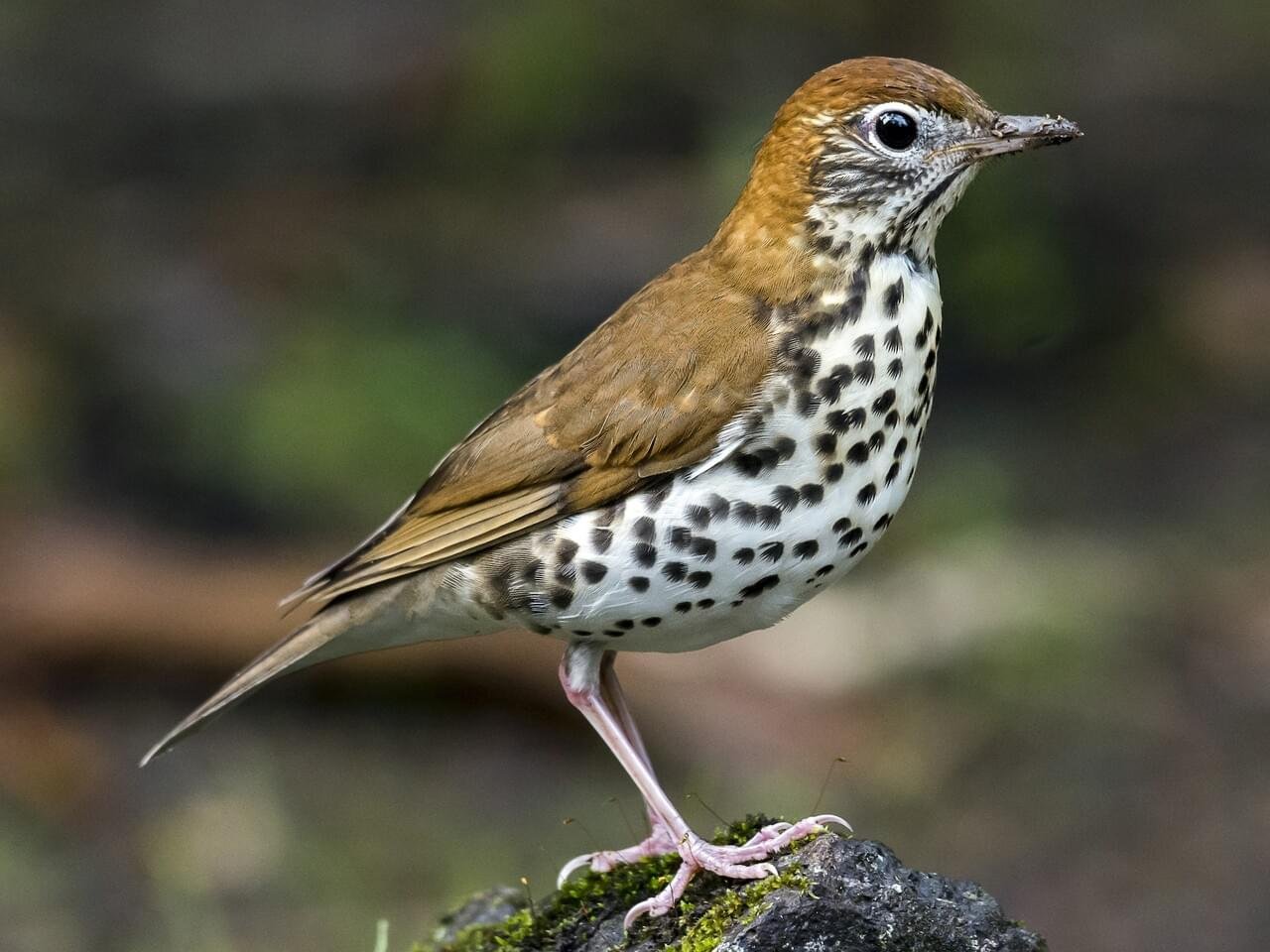Holiday Store Hours
The Wood Thrush Shop will be closed Monday and Tuesday, July 3rd and 4th. We hope you have a fun Independence Day weekend. See you Wednesday the 5th.
Brown Thrashers
Many of you are fortunate to see Brown Thrashers, primarily in the spring and summer months. Brown Thrashers (BT) are a year round species in TN, however, many migrate short distances which explains why you may not see them in winter. These birds are found in areas with hedges and dense undergrowth where they can forage vigorously on the ground in complete cover. They often move around below bird feeding stations picking up bits of seed and suet while looking for insects.
BT’s are a large songbird with long features. They have a long, curved bill, long legs, and a long tail. They are reddish brown above with narrow black and white wing bars, with prominent dark streaky spots on the chest and belly. To top it off this handsome bird has yellow eyes.
Quite often customers will see a Thrasher and misidentify as a Wood Thrush. While there are some similarities they really are very different in appearance and behavior, too. Always look at a bird with binoculars before coming to a conclusion. A Wood Thrush spends most of its life in the tree tops while Brown Thrashers spend most of their lives on or near the ground. They’ve even been known to nest directly on the ground. BT’s are mostly insect eaters but have been known to consume seeds, nuts, fruit, and even small snakes and tree frogs if the opportunity presents. Occasionally they are seen at suet feeders.
Another very notable thing about Brown Thrashers is they are impressive vocalizers. Their song is a complex string of many musical phrases (many copied from other birds’ songs, with each phrase typically sung twice before moving on). They also make a distinctive, harsh tsuck note.
I hope you are fortunate enough to see these beautiful and interesting songsters in your yard.






